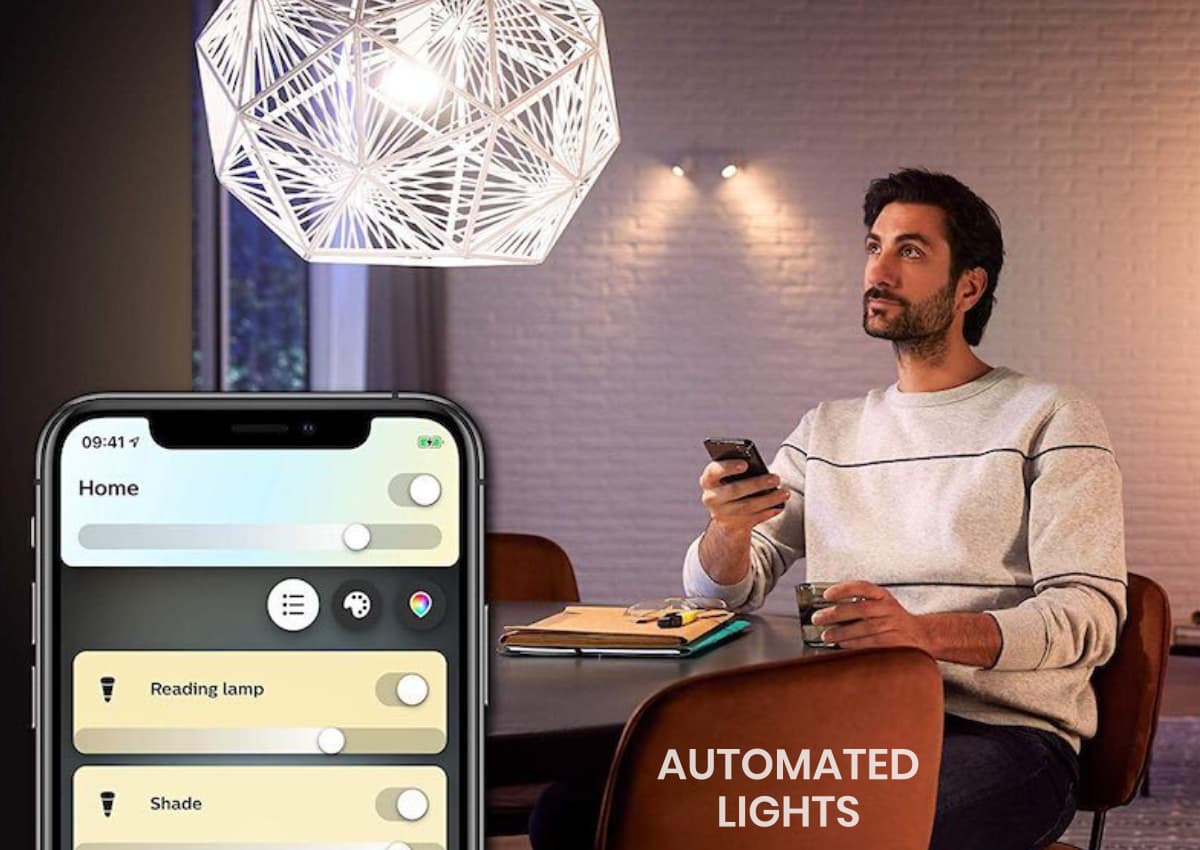
Brighter Automation: Illuminating the Future with Automated Lighting Control
In the age of smart living, automated lighting control takes center stage, transforming the way we illuminate our spaces. This article delves into the brilliance of automated lighting, exploring its features, benefits, and the profound impact it has on enhancing both the functionality and ambiance of our homes and businesses.
The Dawn of Smart Illumination
Automated lighting control marks the dawn of smart illumination, ushering in a new era where lighting goes beyond a simple switch. Smart lighting systems leverage advanced technologies to provide users with unprecedented control over the intensity, color, and scheduling of their lighting, creating dynamic and personalized environments.
Integration with Smart Home Ecosystems
One of the key advantages of automated lighting is its seamless integration with smart home ecosystems. These systems allow users to control their lights using voice commands through virtual assistants like Amazon Alexa or Google Assistant. This integration extends beyond voice control, enabling synchronization with other smart devices to create cohesive and responsive home automation.
Customizable Lighting Scenes
Automated lighting control empowers users to create customizable lighting scenes tailored to different activities and moods. Whether it’s a vibrant and well-lit atmosphere for social gatherings, a warm and cozy setting for relaxation, or a focused and task-oriented brightness for work, users can effortlessly switch between scenes with a touch or voice command.
Energy Efficiency at Its Core
Energy efficiency is a hallmark of automated lighting control. These systems often utilize LED technology, which is inherently energy-efficient. Additionally, smart features such as motion sensors and scheduling capabilities ensure that lights are only active when needed, contributing to energy savings and reducing the overall environmental impact.
Dynamic Color Control for Ambiance
Automated lighting allows for dynamic color control, enabling users to adjust the color temperature and hue of their lights. This feature is not only aesthetically pleasing but also serves functional purposes. For instance, cooler light temperatures in the morning can enhance alertness, while warmer tones in the evening promote relaxation.
Adaptive Lighting for Well-Being
Adaptive lighting is a significant aspect of automated lighting control designed to enhance well-being. These systems can mimic natural lighting patterns throughout the day, promoting a healthy circadian rhythm. By automatically adjusting the color temperature and brightness based on the time of day, automated lighting contributes to improved sleep quality and overall wellness.
Remote Control and Monitoring
The convenience of remote control and monitoring is a standout feature of automated lighting systems. Through dedicated mobile apps, users can control their lights from anywhere, whether they are at home, at work, or on the go. This remote accessibility adds a layer of security and allows users to make adjustments to their lighting even when not physically present.
Security Enhancement through Automation
Automated lighting plays a role in enhancing security by creating the illusion of occupancy. Through features like scheduling and motion sensing, lights can simulate the presence of inhabitants, deterring potential intruders. This security-oriented automation adds an extra layer of protection to homes and businesses.
Scalability and Expandability
The scalability and expandability of automated lighting control make it suitable for various settings. Whether it’s a single room, an entire home, or a commercial space, these systems can scale to meet the specific needs of the environment. Users can start small and expand the system as they see fit.
Yakima Futures Showcase: Experience Brighter Automation
For those eager to experience the brilliance of automated lighting control, Yakima Futures offers a showcase of these transformative technologies. The platform allows users to witness firsthand how automated lighting can illuminate spaces with efficiency, style, and intelligence.
Conclusion
In conclusion, automated lighting control illuminates not just spaces but the way we interact with and experience our environments. The fusion of technology and illumination brings forth a future where lighting is not merely functional but a dynamic and adaptive aspect of our lives. As we embrace the brighter possibilities of automated lighting, we step into a realm where every switch is a gateway to personalized, efficient, and aesthetically pleasing illumination.
